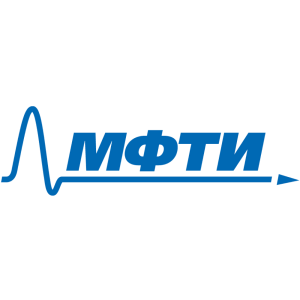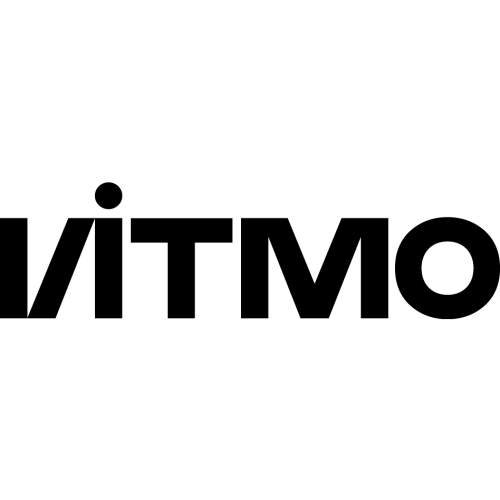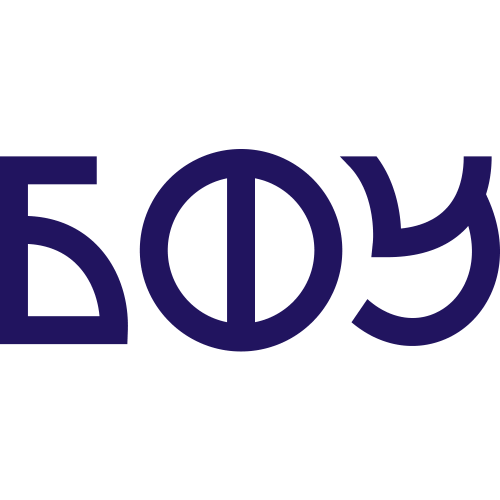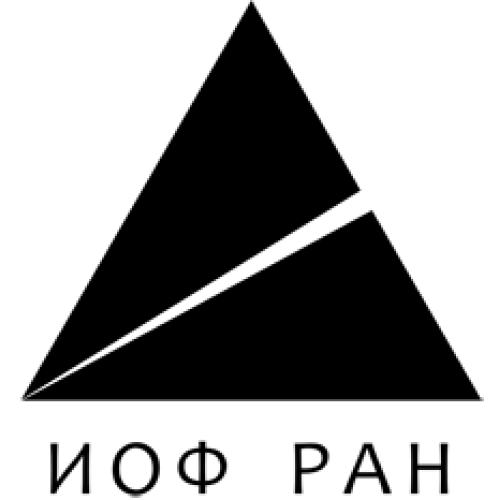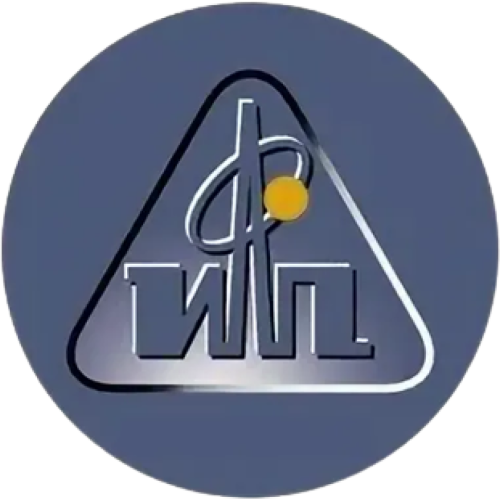Laboratory of Functional Materials and Devices for Nanoelectronics
Publications
111
Citations
2 291
h-index
23
Authorization required.
Experimental studies of fundamentally new physical effects in nanoscale structures based on inorganic materials that can be used to develop synthetic multifunctional devices. Such devices should be an alternative approach to the creation of computing systems and information technologies of a fundamentally different level.
- Photolithography
- Electronic and ion lithography
- Deposition of thin films
- Plasma chemical etching
- Electron microscopy
- Atomic Force Microscopy (AFM)
- Electrophysical measurements
- X-ray diffraction
- X-ray photoelectron spectroscopy
- Magnetometry
- X-ray spectroscopy using synchrotron radiation

Andrei Zenkevich
Head of Laboratory

Leonid Lev
Senior Researcher

Sergei Zarubin
Researcher

Kirill Trunov
Engineer
Nikita Zhidkov
Engineer

Nikita Sizih
Junior researcher
Research directions
Ferroelectric memory based on HfO2
+
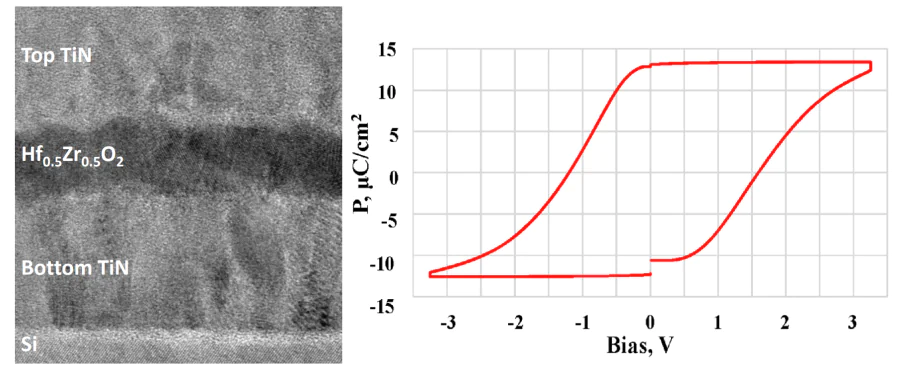
The discovery in 2011 of ferroelectricity (SE) in HfO2 doped ultrathin films revived the interest of researchers in the concepts of microelectronic devices based on SE, as it allowed to circumvent a number of technological problems inherent in classical SE materials such as BaTiO3 and PZT. So far, interest has only increased, since the success in research projects on SE in doped HfO2 and, especially, in mixed Hf0.5Zr0.5O2 has allowed us to come close to creating an integrated SE memory using FeRAM and FeFET technologies. Our laboratory is actively involved both in fundamental research of the physical mechanisms occurring in HfO2-based SE films and in an applied project aimed at creating full-fledged memory SE devices manufactured in Russia.
Neuromorphic electronic devices
+
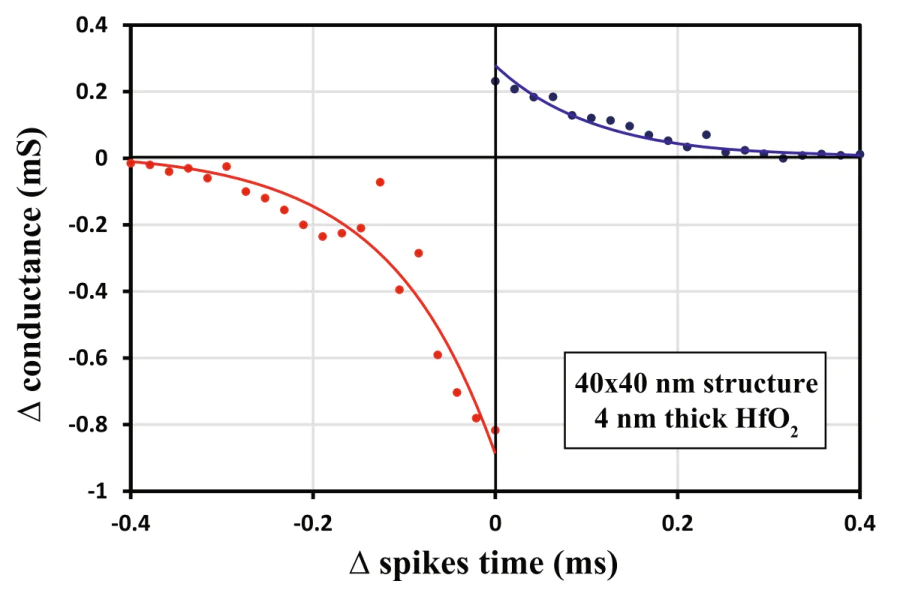
The success of neural networks in recent years has been undeniable and is already visible even at the household level. However, there is room for growth in this area as well: the creation of specialized hardware adapted to the execution of neural network algorithms directly in the chip will significantly reduce power consumption and increase the speed of operation, as well as run complex neural networks on compact devices instead of accessing remote servers. Our laboratory is developing electronic analogues of synapses and neurons, also called "memristors", as a component of the base for the hardware implementation of neural networks.
Synchrotron methods for the study of materials and devices for microelectronics
+

More and more subtle and complex methods are required to research new materials and create new micro- and nanoelectronics devices. One of the classes of such methods is X-ray spectroscopy and diffraction using synchrotron radiation. Our laboratory has unique competencies in conducting so-called operando X-ray experiments, when measurements take place directly during the operation of electronic devices. This allows us to characterize the mechanisms of functioning of device prototypes in the most complete way, to assess their stability over time and during their life cycle. Among the methods we use are X-ray photoelectron spectroscopy, X-ray absorption spectroscopy (both with the option of magnetic dichroism in radiation with circular polarization), Mossbauer spectroscopy, X-ray diffraction.
New materials and devices
+
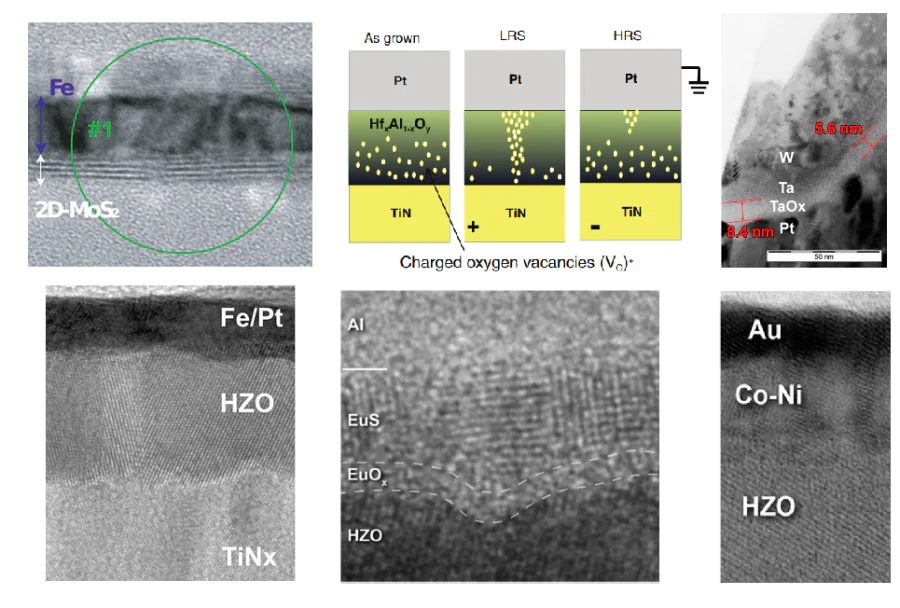
The laboratory is also developing methods for the synthesis of new functional materials in nanoscale layers and multilayer structures with potential applications in nanoelectronics devices, including: ferromagnetic materials for spintronics, oxides with the effect of reversible resistive switching for memory devices and memristors, composite multiferroics for controlling magnetism using electric fields. Together with colleagues from other organizations, we also explore two-dimensional (2D) materials, topological insulators, halide perovskites and other modern solid-state materials. Among the methods of synthesis of new materials, our laboratory is particularly specialized in pulsed laser deposition.
Publications and patents
Found
Nothing found, try to update filter.
Юрий Александрович Матвеев, Андрей Владимирович Зенкевич, Дмитрий Владимирович Негров
RU2627125C1,
2017
2024
—
2026
| Ханас Антон Романович
2018
—
2020
| Зенкевич Андрей Владимирович
2014
—
2016
| Зенкевич Андрей Владимирович
Lab address
Долгопрудный, Институтский переулок, 9
Authorization required.
